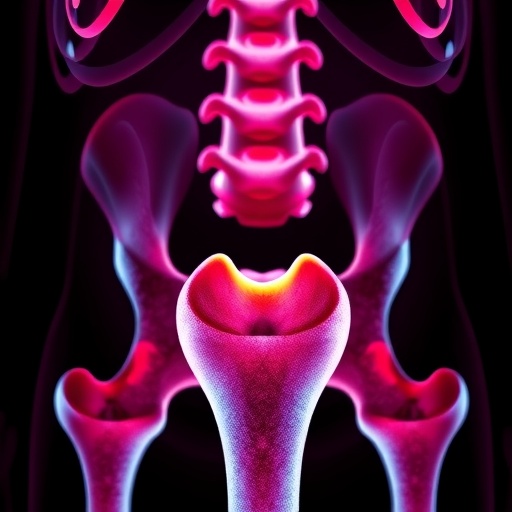Study finds high risk of a major cardiovascular event within two years of exposure to thoracic radiotherapy and cardiac radiation dose
Boston, MA — As advances in the treatment of non-small cell lung cancer (NSCLC) extend patients’ lives, more of these patients are facing a different threat: adverse cardiovascular events, such as heart attacks and heart failure. A new retrospective study led by investigators from Brigham and Women’s Hospital and Dana-Farber Cancer Institute examined outcomes for patients after receiving treatment for locally advanced NSCLC, finding that the average radiation dose delivered to the heart was associated with an increased risk of major adverse cardiovascular events and death. Among patients who did not have preexisting coronary heart disease, risk of having a major cardiovascular event after treatment exceeded the rates of people considered at high risk of such events. The team’s findings are published in the Journal of the American College of Cardiology.
“This is alarming data — to think that one in 10 of the patients I’m treating for this type of cancer will go on to have a heart attack or other major cardiac event,” said senior author Raymond Mak, MD, a thoracic radiation oncologist at the Brigham and Dana-Farber. “These cardiac events are happening earlier and more often than previously thought. More patients are living long enough to experience this risk of cardiac toxicity. We need to start paying attention to this and working together with cardiologists to help these patients.”
In many cases, a dose of radiation to the heart is the only way for oncologists to treat a patient with lung cancer. Lung cancer is the leading cause of cancer deaths worldwide, and half of lung cancer patients will require radiation as part of their care. Previous studies have reported that advances in care, such as screening for lung cancer and treating the disease with targeted therapies and immunotherapies, have improved survival rates for patients. The average survival time is now more than two years for patients with locally advanced NSCLC.
“When treating patients with lung cancer, it’s a balance of risks,” said lead author Katelyn Atkins, MD, PhD, a resident in the Harvard Radiation Oncology Residency Program. “But we need to start thinking about where there’s room for improvement in optimizing treatment for patients and room for improvement in terms of collaborating with primary care physicians and cardiologists.”
To conduct their study, Mak, Atkins and colleagues analyzed data and outcomes for 748 NSCLC patients treated with thoracic radiotherapy at the Dana-Farber/Brigham and Women’s Cancer Center and Dana-Farber Cancer Institute/Brigham and Women’s Hospital at Milford Regional Medical Center. After treatment, a total of 77 patients (10.3 percent) experienced a major adverse cardiac event, including heart attack and heart failure. The team observed increasing risk of cardiac events with increased dosages of heart radiation exposure, especially among patients who did not have coronary heart disease before receiving radiotherapy.
Based on their findings, the authors recommend more stringent avoidance of high cardiac radiotherapy dose and suggest considering a much lower cardiac radiation therapy dose limit for patients than national guidelines currently recommend (10 Gy versus 20 Gy).
“When possible, we should be thinking about ways to minimize cardiac radiation dose,” said Mak. “Recognizing that we may not always be able to do that, we’re now collaborating with our cardiology colleagues to explore early interventions to help mitigate the effects of cardiac injury from radiation therapy.”
###
The authors declare no sources of funding for this work. Mak has served on the Scientific Advisory Board of AstraZeneca and has received an honorarium from NewRT.
About Dana-Farber/Brigham and Women’s Cancer Center
Dana-Farber/Brigham and Women’s Cancer Center (DF/BWCC) brings together specialists from two world-class medical centers. Our team has deep experience in treating various cancers and includes experts from a wide span of disciplines, such as medical and radiation oncologists, cancer surgeons and many others. We offer access to the latest treatments, many of which were pioneered at DF/BWCC, along with clinical trials of promising new therapies.
Media Contact
Elaine St Peter
[email protected]




